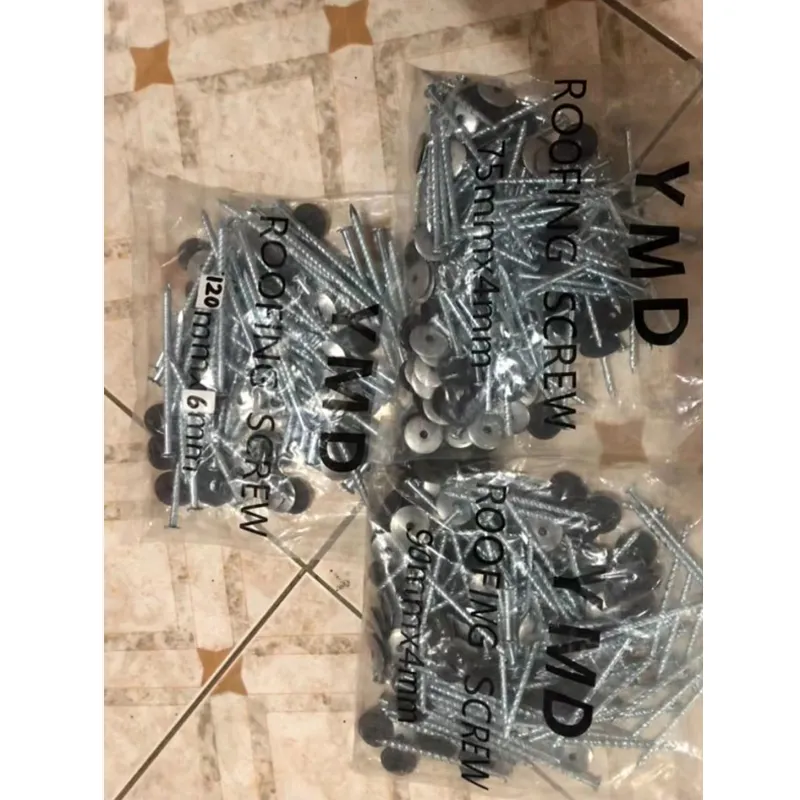Oct . 12, 2024 19:01 Back to list
chicken coop mesh
Understanding Chicken Coop Mesh Essential for Poultry Safety
When it comes to raising chickens, creating a safe and secure environment is paramount. One of the key components in chicken coop construction is the type of mesh used for enclosures and fencing. Understanding the different types of chicken coop mesh can help farmers and backyard enthusiasts alike to protect their flocks from predators while ensuring adequate ventilation.
Types of Chicken Coop Mesh
1. Welded Wire Mesh This type of mesh is made from steel wires that are welded together at intersections, creating a strong and durable product. Welded wire mesh is highly effective at keeping out larger predators such as raccoons, dogs, and foxes. It usually comes in various gauges, with thicker wires providing increased strength and longevity. It’s an excellent choice for both chicken runs and coops.
2. Hexagonal Chicken Wire Often referred to as poultry netting, hexagonal chicken wire is a popular choice due to its affordability and versatility. Made from thin galvanized wire, it is easy to install and provides adequate protection against smaller predators like snakes and rats. However, it may not be the best choice for bigger animals or for areas with heavy external pressures.
3. Hardware Cloth For those needing a robust barrier, hardware cloth is an ideal solution. This dense mesh, available in different hole sizes and wire gauges, offers superior strength compared to chicken wire. It effectively deters all types of predators while allowing good airflow, making it suitable for both coops and run areas. Hardware cloth is best used for securing the base of coops and any vulnerable openings.
chicken coop mesh

4. Electric Fencing While technically not a mesh, electric fencing can be an important addition to a chicken coop. When used in conjunction with traditional fencing, it can deter determined predators. Electric fencing provides a psychological barrier, making it less likely for predators to approach the coop.
Installation and Maintenance
Proper installation of chicken coop mesh is crucial for its effectiveness. Make sure to bury the mesh at least a foot underground to prevent burrowing predators from gaining access to your flock. Additionally, when covering the top of the coop or run, ensure that the mesh is securely fastened, offering no gaps for birds of prey to infiltrate.
Maintenance should not be overlooked; regularly inspect the mesh for signs of wear or damage. Repair or replace any compromised areas immediately to maintain a secure environment for your chickens.
Conclusion
Investing in the right type of chicken coop mesh is essential for the safety and wellbeing of your flock. Each type of mesh offers unique benefits, and the choice will depend on your specific needs, including the types of predators in your area and the design of your coop. By focusing on quality and careful installation, you can create a protective haven for your chickens, ensuring they remain safe, healthy, and productive.
-
The Role of Field Wire Fence in Grassland Conservation
NewsJul.15,2025
-
Stainless Steel Razor Wire Durability in Coastal Environments
NewsJul.15,2025
-
Enhancing Home Security with Mesh Fences
NewsJul.15,2025
-
Diamond Mesh Wire for Small Animal Enclosures
NewsJul.15,2025
-
Common Wire Nail Tensile Strength Testing for Woodworking
NewsJul.15,2025
-
Barbed Wire Corrosion Resistance Galvanization Techniques
NewsJul.15,2025









